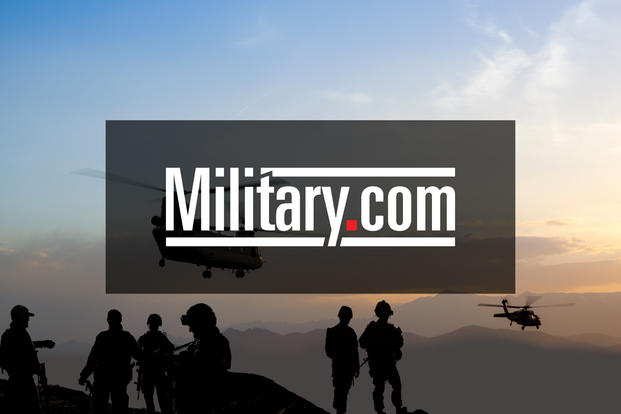In the face of shrinking defense dollars, U.S. Army planners want the war-weary service to prepare for its next ground invasion.
Training and Doctrine Command officials recently released the U.S. Army Capstone Concept (ACC) document, a blueprint designed to help leaders ensure the Army can deal with the threats it will likely face in the future.
With operations in Afghanistan winding down next year, service leaders are grappling with how to stay relevant at a time when the entire U.S. military is facing massive spending cuts and force reductions.
Rather than slow down to a peace-time pace, the Army needs to transition from a sustained-combat-rotation posture to one that stresses rapid-deployment ground operations, according to the ACC.
“Army forces must be capable of forced entry, rapid transition from deployment to employment, and adequate response to any contingency, either alone or until additional forces and capabilities arrive,” the document recommends.
“Army formations require the lethality to win an extended close fight and defeat aggression. They must also be sufficiently robust and protected to endure the effects of multiple, protracted engagements.”
Such a focus is necessary, planners maintain, pointing to the Army’s plans to scale back its permanent basing in Europe and station most of its forces in the United States.
The Army plans to maintain some forward presence with regionally-aligned forces to build security-cooperation agreements with foreign forces. In addition to building an enhanced understanding of specific regions, “aligning forces regionally allows the Army to balance its units economically and equitably,” ACC officials wrote.
Senior leaders announced last year that the Army will focus on the Pacific and the Middle East since both regions harbor significant threats to U.S. interests.
Asia is home to “seven of the world’s ten largest armies. Not all of these armies are hostile, but many are investing in effective conventional capabilities including armor, air defense, and robotics. While the possibility of a renewed Korean War is remote, there is a distinct potential for the implosion of the communist North Korean regime, an outcome that could result in the loss of control of nuclear weapons and fissile material,” according to the ACC.
The Pentagon will continue its mission in the Middle East to defeat al-Qaeda, but planners also maintain that the recent Arab Spring uprisings “demonstrate a rapidly changing political dynamic that may present growing security challenges to the U.S. and greater opportunities to adversaries.”
The capstone document predicts that America’s future adversaries “will invest in advanced anti-tank systems, improvised explosive devices, and anti-materiel weapons to defeat current and projected U.S. capabilities on the ground,” according to the ACC.
“Less capable adversaries will also use a variety of improvised weapons and will likely employ technologies such as global positioning system jammers, homemade radio-frequency weapons, and rudimentary robotics systems to attack the U.S. reliance on technology,” Army officials wrote.
Potential foes will also make use of cyber attacks, weapons of mass destruction and “more capable unmanned aerial platforms that employ global positioning system jammers,” according to the ACC.
Army planners are concerned about the enemy’s future use of “anti-access and area denial capabilities to counter the U.S. ability to project military force into an operational area. … Adversary commanders will position forces and capabilities to support rapid precision attack against air and sea ports of debarkation and interrupt the flow of logistics or follow-on forces,” the capstone document states.
To counter such tactics, a future U.S.-based Army must expand its use of prepositioned stocks of combat equipment at strategic locations around the world, planners said.
“The Army must maintain a rapidly deployable and capable global response force, provide deployable joint and coalition-capable headquarters, and conduct entry operations, including forcible entry, to defeat anti-access and area denial strategies,” according the ACC.
“Army forces must be responsive and powerful enough to impact the joint fight early, and possess the mobility and firepower to enable joint force commanders to develop the situation in close contact with the enemy,” the ACC wrote.
At the same time, Army leaders must deal with the realities of the unstable economy and the willingness of lawmakers to cut defense spending.
Shrinking the active Army will force the Army “to refine its accessions processes to attract, select, and place people in ways that match talents and skills to the tasks of any given specialty, while retaining the best of the combat-hardened veterans,” the ACC states.
The path laid out in the Army Capstone Concept is not without risks. Rapid-deployment, forced-entry operations depend on the Air Force’s fleet of aircraft.
“The greatest risk to the Army’s ability to project into a [joint operating area] is the capacity of strategic lift,” the ACC states. “If the joint force is unable to maintain the capacity to support theater contingency plans and steady state demands, then this delays the arrival of land forces, yielding initiative to the enemy.”





























